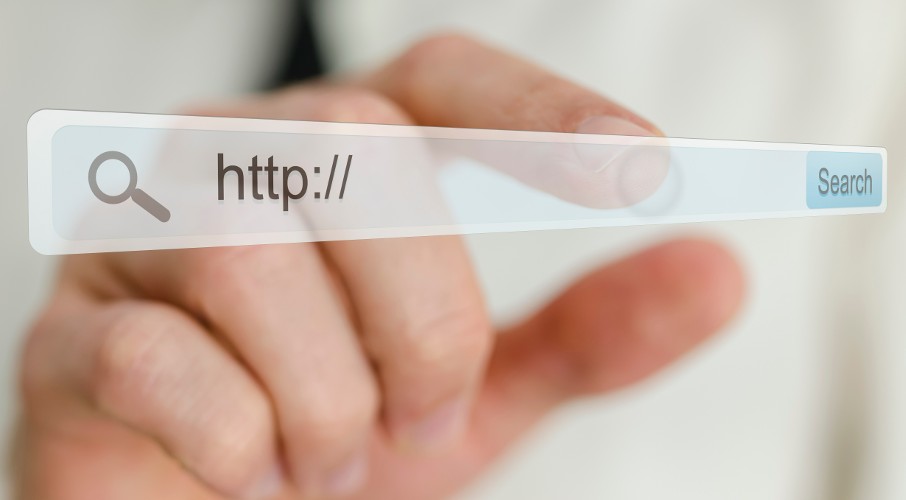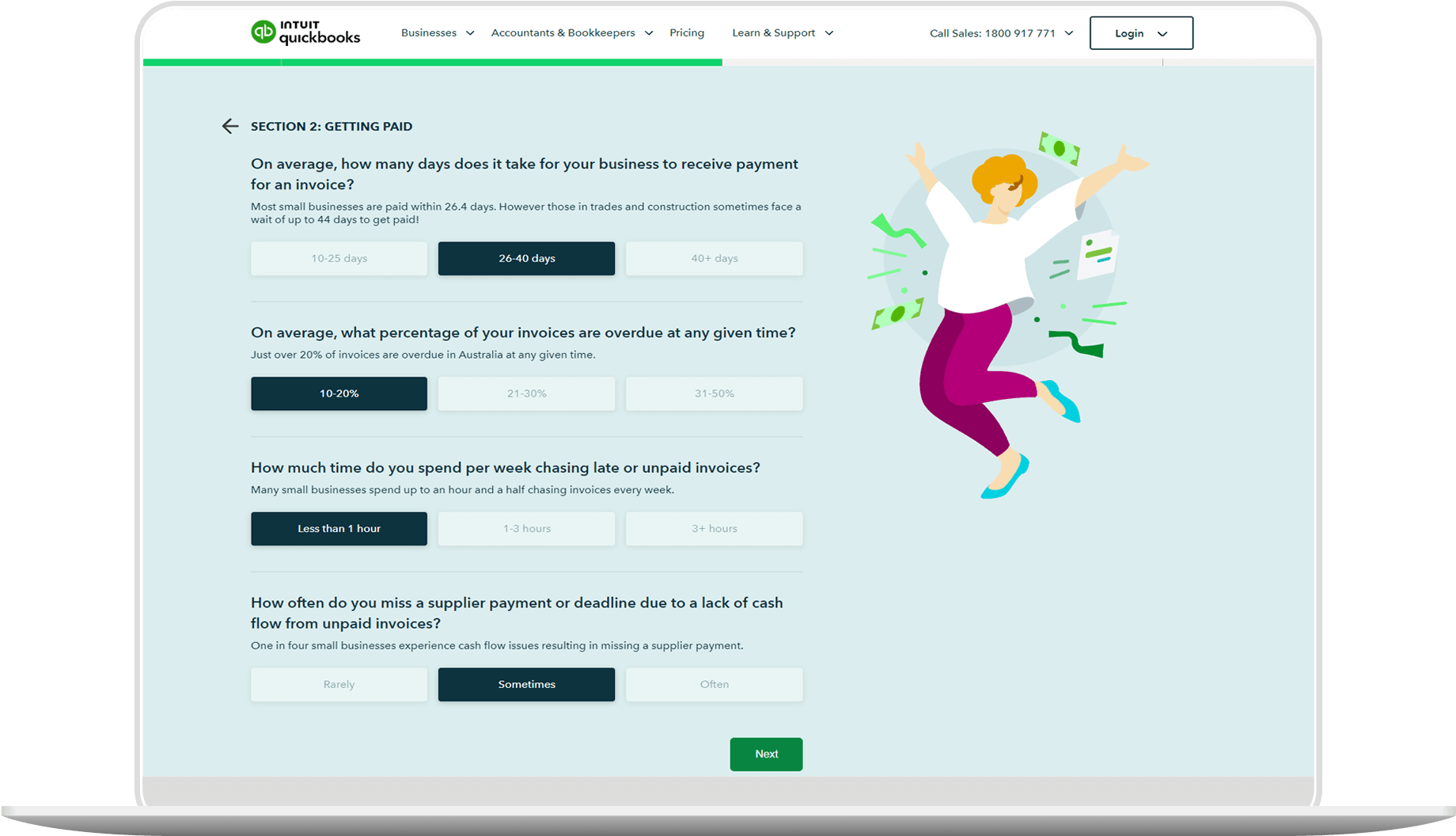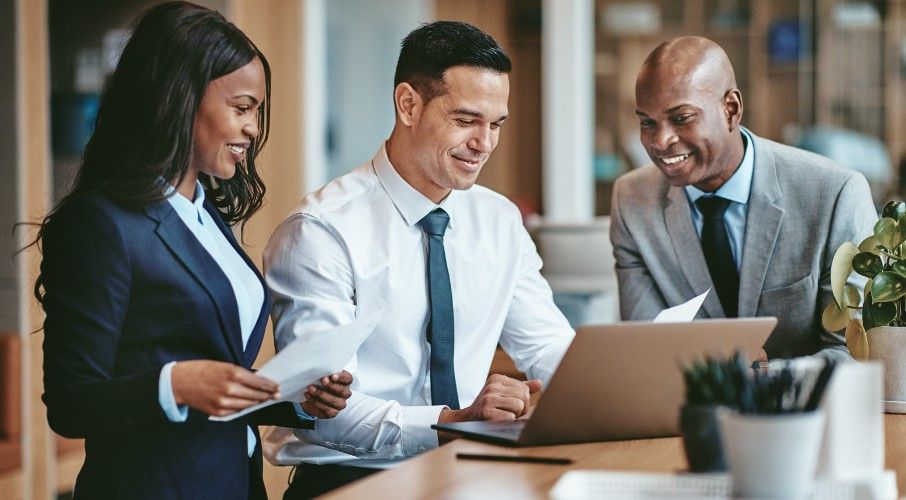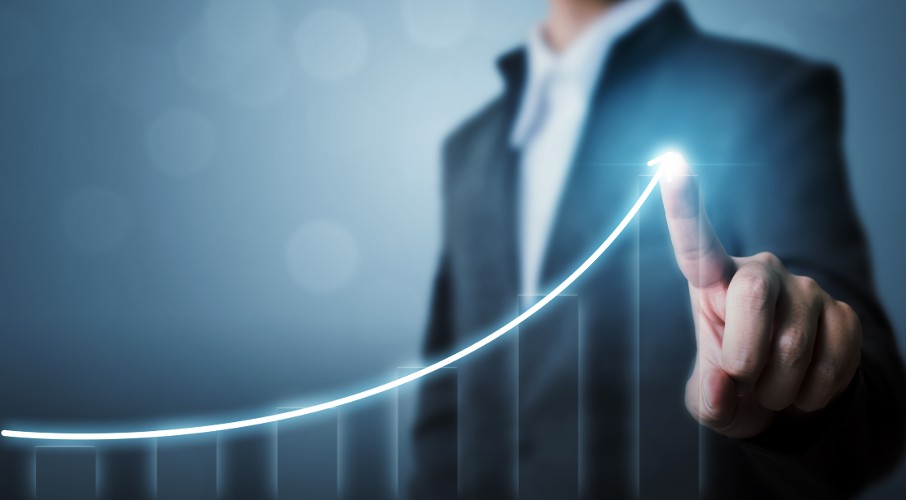How sellers set up callback URLs
Remember, the callback/postback URL only points your servers to where data should be sent; it does not process payments. In other words, adding a callback URL is a complementary feature to an existing third-party processing platform.
Third-party processors allow partnered sellers to designate different operations after a buyer makes a purchase. Often, you can modify the look of the processor’s page where the customer is sent to, pick a callback URL after payment is confirmed, and even pick which URL the processor redirects the buyer to if they cancel.
The title of your callback URL button may be personalised as you see fit. The same is true of the website design on the landing page. It is probably a good idea to customise the landing page to encourage your customers to spend more time on your website or purchase more products.
For example, you may have seen some of these common messages on callback URLs from various online suppliers:
- “Here are some related products you may enjoy.”
- “Thank you! Enter your email below to receive special offers related to …”
- “All done! Please take a moment to rate your experience below:”
- “Purchase complete. Make sure to follow us on [social media channel].”
You may also want to set up some version of instant payment notification, which automatically directs customer information about credit card authorisations (which have yet to be collected), eCheck status updates, chargebacks, disputes, refunds and other associated events back to your website.




















